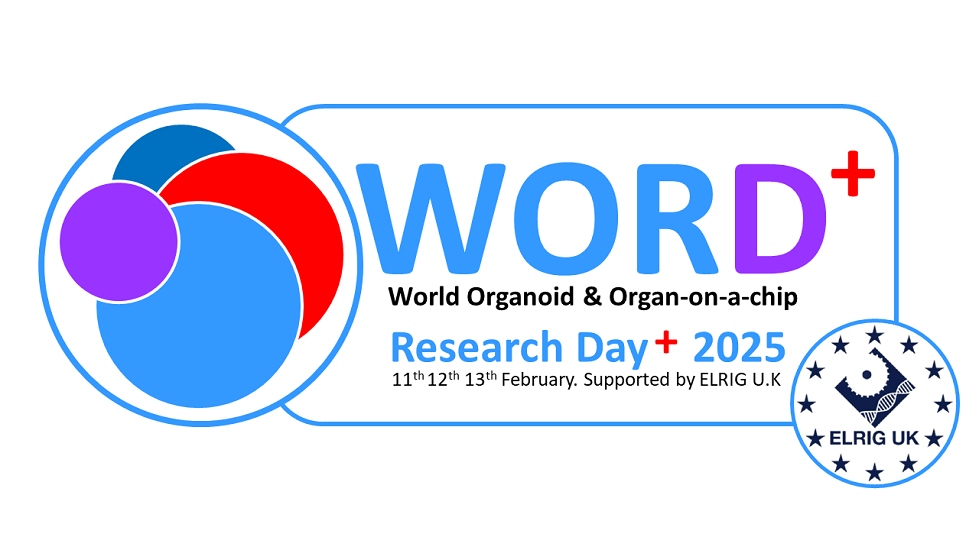Authors
A Wallis1; H Davaapil1; K Marciniak1;
1 Wellcome Sanger Institute, UK
Overview
The endometrium is the inner lining of the uterus, and plays a key role in fertility. Endometriosis is characterised by the growth of endometrial tissue outside of the uterine cavity. During the menstrual cycle, these lesions thicken and bleed in response to changing levels of oestrogen and progesterone, leading to inflammation, pain, and infertility. Despite affecting ~10% of females of reproductive age, endometriosis remains poorly understood, with limited diagnostic and treatment options.
Introduction
A key barrier to endometriosis research is a lack of animal models that recapitulate the function of the human endometrium. Therefore, to better understand the disease, in vitro models that mimic the human endometrium need to be developed. This project aims to establish a biobank of healthy and diseased endometrium and their matched stromal fibroblasts. In future stages of the project, we aim to integrate the endometrial organoids and stromal fibroblasts to create co-culture models.
Methods
Matched endometrial organoid and stromal fibroblast lines were derived
from biopsies using an established protocol adapted for higher-throughput processing. During derivation, the endometrial epithelial cells were separated from the stromal fibroblasts and seeded in matrigel, and the fibroblasts were grown in flasks. The organoid and fibroblast lines were expanded and banked at passage 2 and 3. All lines then progressed to quality control, to ensure propagation potential after cryopreservation.
Results
To date, 27 matched endometrial organoid and stromal fibroblast lines have been successfully derived from 22 healthy and 5 diseased patient biopsies. Over 500 cryovials of endometrial organoids and stromal fibroblasts have been banked for downstream research applications.
Conclusion
This project will generate the first known patient-derived endometrial organoid and stromal fibroblast biobank, providing an invaluable tool for predictive research into endometriosis. Endometrial organoids and their associated stromal fibroblasts can be used in future experiments for hormone treatment, drug testing and co-culture experiments; these will shed light on a poorly-understood aspect of women’s reproductive health, and hopefully lead to better treatment and management options.

